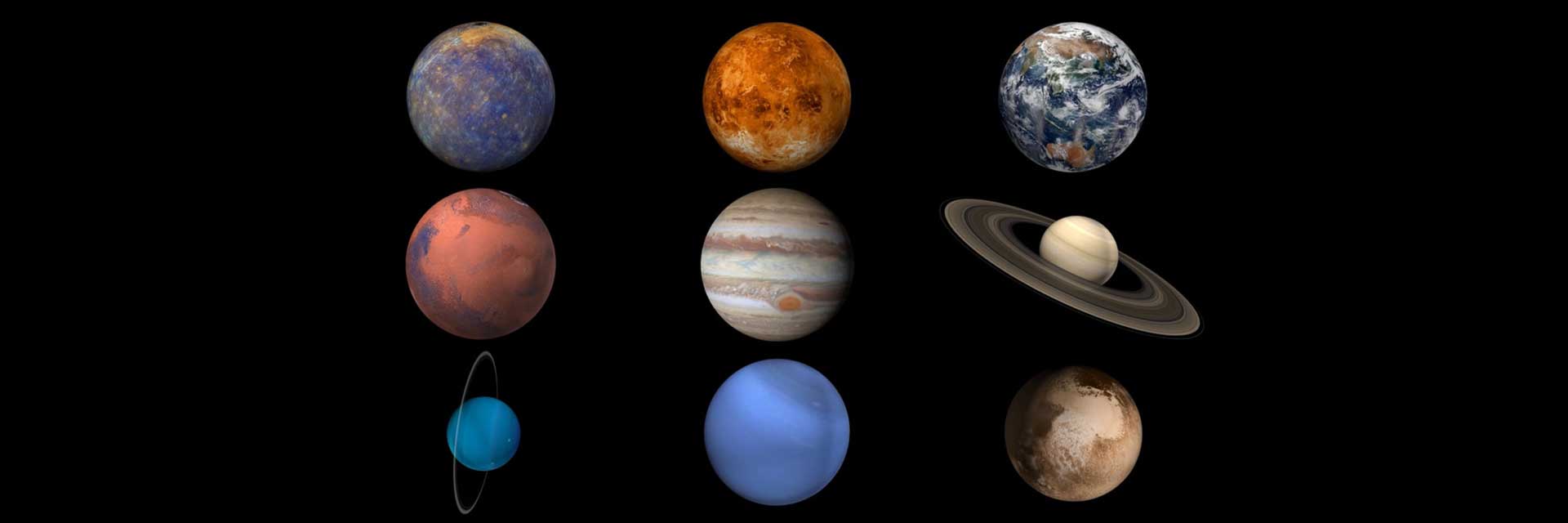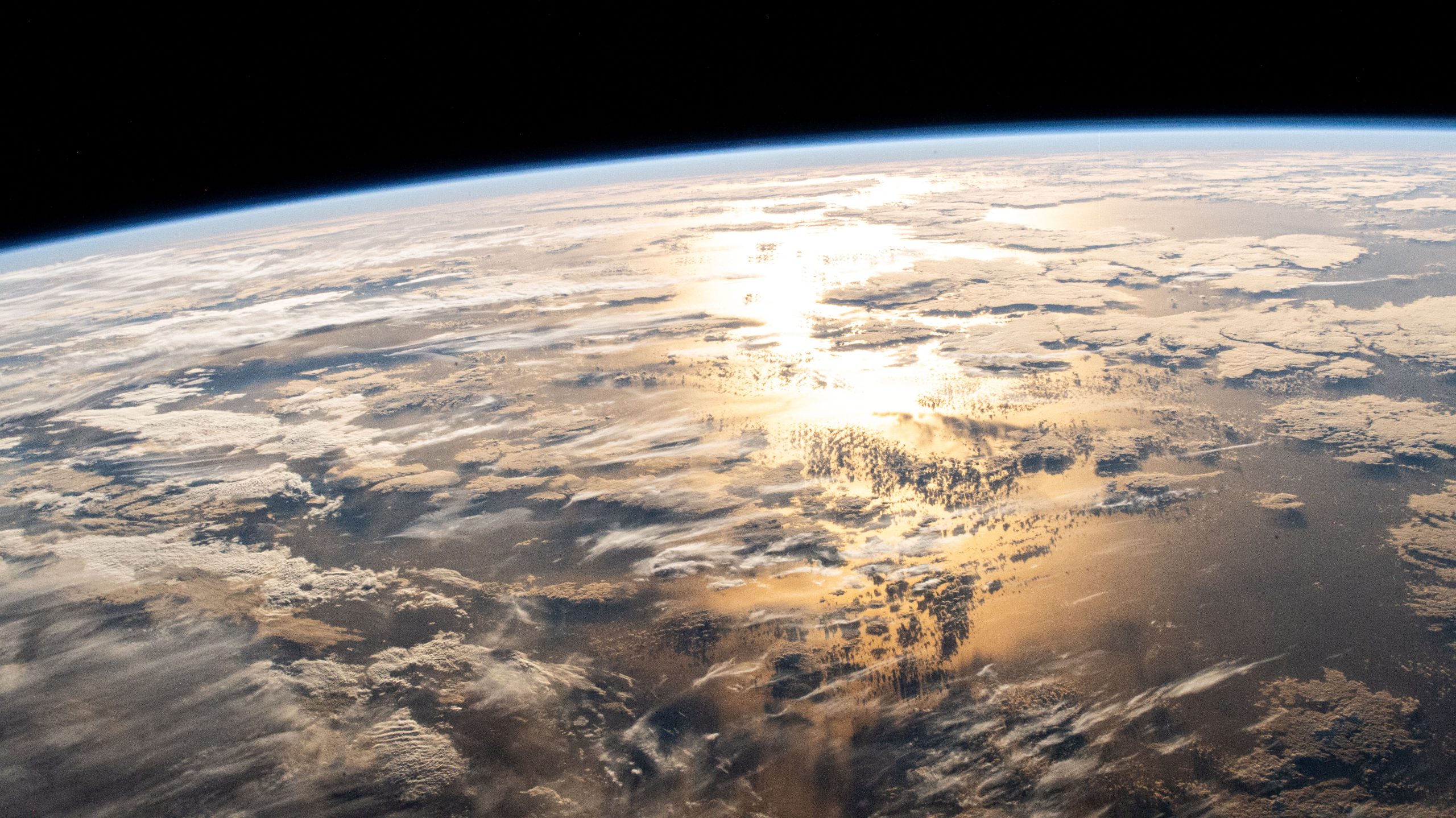Now Reading: Sizing Up the Solar System: Planets and Their Cosmic Placement
-
01
Sizing Up the Solar System: Planets and Their Cosmic Placement
Sizing Up the Solar System: Planets and Their Cosmic Placement

Rapid Summary:
- Planets in Solar System: Eight planets, listed by size (largest to smallest) as follows: Jupiter, saturn, uranus, Neptune, earth, Venus, Mars, Mercury.
– Largest Planet: Jupiter – equatorial diameter of 88,846 miles (~142,984 km), 11x wider than Earth.
– Smallest Planet: Mercury – equatorial diameter of ~3,032 miles (~4,880 km), one-third the width of Earth.
- Dwarf Planets: The solar system officially recognizes five dwarf planets-Pluto (largest), Eris (second largest), followed by Haumea (third), Makemake (fourth), and Ceres (smallest).
- Order from the Sun with Distances:
– Start at Mercury closest to the Sun at ~36 million miles (~58 million km) and end at Eris furthest away at ~6.3 billion miles (~10 billion km).
Indian Opinion Analysis:
This complete guide detailing planetary sizes and distances enriches public understanding of celestial hierarchies within our solar system. For india-a nation actively developing its space exploration program-the details underscores opportunities for comparative planetary studies. As ISRO advances missions like Chandrayaan and unveils deeper ambitions concerning interplanetary travel or research collaborations with global agencies like NASA and ESA-precise knowledge on planetary configurations becomes a cornerstone for strategic objectives in space science initiatives.
Moreover, this catalog serves as educational material crucial for growing interest among India’s youth pursuing STEM fields associated with astronomy or astrophysics. NASA’s detailed classification offers timely insights India could incorporate toward expanding its own cosmic roadmap.

























